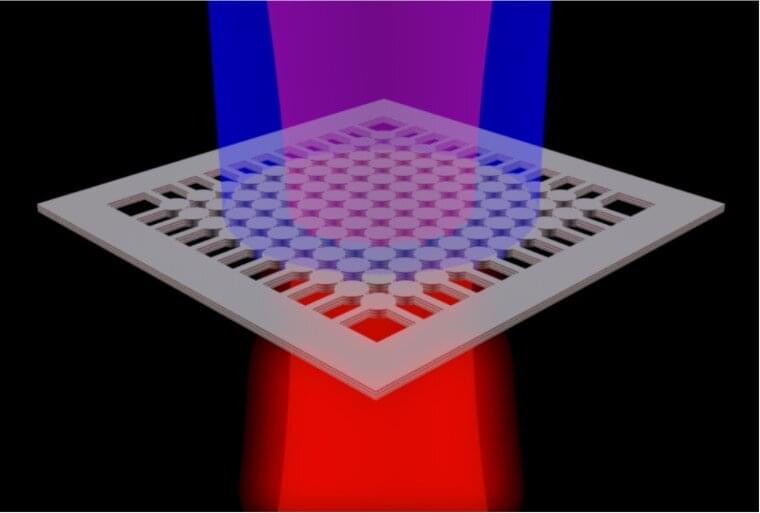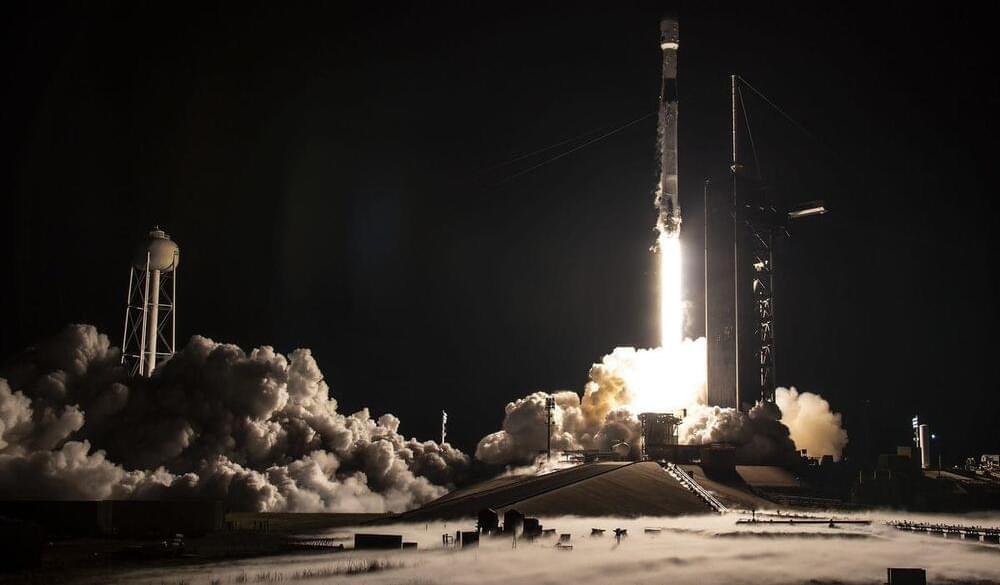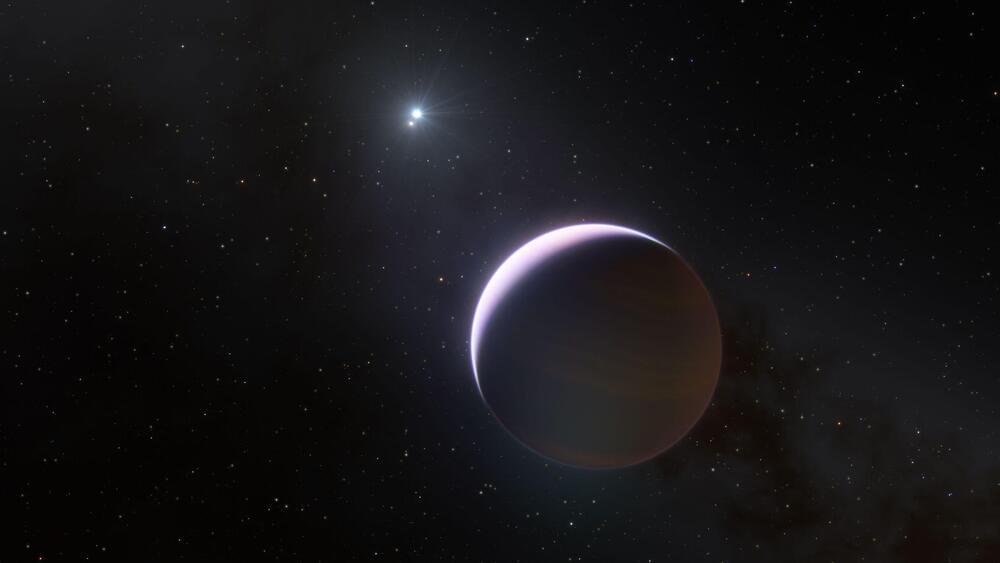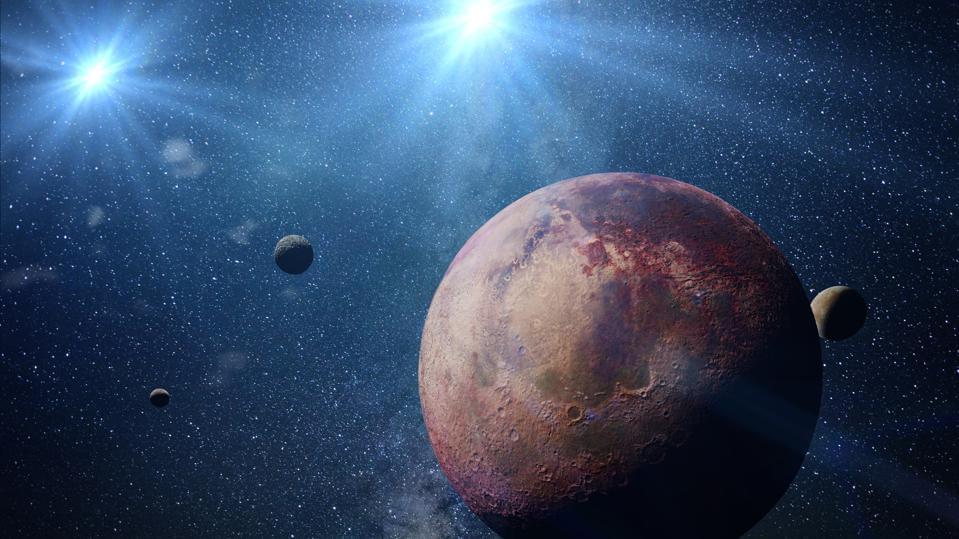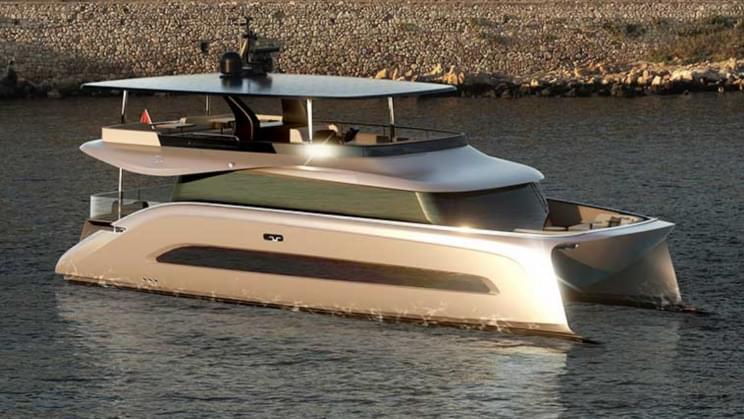Martin Shaw thought he would lose his hand after he severely injured it in a car crash, but a wartime technique saved it.
Their inner workings reside in the realm of physics, but lasers make everyday life possible. Talking on a cell phone or googling COVID stats while your apples and oranges are scanned at the checkout counter—lasers at every step.
Lasers emit intense light at specific wavelengths. At one wavelength, laser beams etch patterns on computer chips that define their circuitry. At telecom wavelengths, lasers fire the enormous volumes of data through optical fibers that make ours the information age.
In 2017, a new kind of laser invented by electrical engineer Boubacar Kante, Ph.D., was recognized as one of the breakthrough inventions of the year by Physics World. With his Bakar Fellows support, Kante is preparing to fabricate a prototype of the new laser and demonstrate its potential for a range of applications from microsurgery to satellite telemetry.
The first volunteer in a Phase I clinical trial of an oral COVID-19 vaccine developed by an Israeli-American company has been screened and enrolled, according to Oravax Medical, a subsidiary of Oramed Pharmaceuticals.
The trial is taking place in South Africa.
Oramed Pharmaceuticals, a clinical-stage pharmaceutical company, is based on technology developed by Hadassah-University Medical Center and run by Israeli CEO Nadav Kidron.
Oravax developed a novel oral virus-like particle (VLP) COVID-19 vaccine based on the Oramed’s “POD” oral delivery technology that can be used to orally administer a number of protein-based therapies, which would otherwise be delivered by injection.
Billionaire Elon Musk is pushing ahead with an attempt to utilize emissions contributing to climate change, tweeting that his rocket company will launch a program to remove carbon dioxide from the atmosphere and use it to power spacecraft.
The chairman and chief executive officer of Space Exploration Technologies Corp., Musk announced the project on Dec. 13, shortly after being named Person of the Year by Time magazine.
Scientists have discovered a planet 10 times as massive as Jupiter orbiting a pair of stars in another solar system, according to new research.
The research, published Wednesday in the journal Nature, points to the discovery of a planet named b Centauri (AB)b or b Centauri b, with an image captured by the European Southern Observatory’s Very Large Telescope in Chile.
The planet is 10 times as massive as Jupiter and “one of the most massive planets ever found,” according to the observatory.
SpaceX CEO Elon Musk has big plans to send the Starship to the Moon, Mars and beyond. His latest timeline suggests an ambitious schedule.
Astronomers just found something unique in the Milky Way–a giant exoplanet in a 200-days orbit around two stars.
In a find that remind us of that binary sunset in the original Star Wars movie, the Tatooine-like “TIC 172900988b” is a Jupiter-sized planet.
Known as a “circumbinary” planet, TIC 172900988b’s existence has been revealed in a paper published in the Astronomical Journal by a team led by Veselin B. Kostov of the SETI Institute.
Although not unique in being a circumbinary planet–astronomers have found 14 such bodies so far–it’s the most massive transiting circumbinary planet to date.
It’s also the first to be found using a single set of data from NASA’s Transiting Exoplanet Survey Satellite (TESS) all-sky survey space telescope.
And it offers limitless range.
Zurich-based Swiss Sustainable Yachts has unveiled its new luxurious yacht that is powered by not one but two sustainable fuels, solar and hydrogen. Dubbed Aquon One, the yacht has all the amenities that your heart can desire on a yacht and comes with zero guilt, the New Atlas reported.
Even as cars are going the electric way, maritime transportation is yet to see the same kind of enthusiasm. The first electric ship may have made its maiden voyage, however, the limited range offered by electric batteries is a major challenge that still needs to be overcome. The makers of Aquon One couldn’t agree more and therefore, have opted for a hydrogen fuel cell-powered electric propulsion than massive batteries.
They have gone a step further to set up a hydrogen fuel generator on the yacht itself that completely eliminates the need for a fuelling stop, taking away any limits on its range. The hydrogen generator is powered by solar panels that occupy 689 square feet (64 square meters) on the vessel rooftop, which can output more than 75 kWh/day in the summertime. Hydrogen is generated by electrolyzing desalinated water and then compressed to be stored in carbon tanks, for long-term usage.
Full Story:
Only 2.1 million are left.
Bitcoin passed a major milestone on Monday by reaching 90 percent of the total mineable supply as 18.9 million Bitcoin, out of a maximum of 21 million, have been mined and are in circulation in various exchanges.
Recent data show that the remaining mineable Bitcoin amount is at 2.1 million or 10 percent of the total supply. … See more.
Welcome to the future of moral dilemmas.
Not a day passes without a fascinating snippet on the ethical challenges created by “black box” artificial intelligence systems. These use machine learning to figure out patterns within data and make decisions — often without a human giving them any moral basis for how to do it.
Classics of the genre are the credit cards accused of awarding bigger loans to men than women, based simply on which gender got the best credit terms in the past. Or the recruitment AIs that discovered the most accurate tool for candidate selection was to find CVs containing the phrase “field hockey” or the first name “Jared”.

